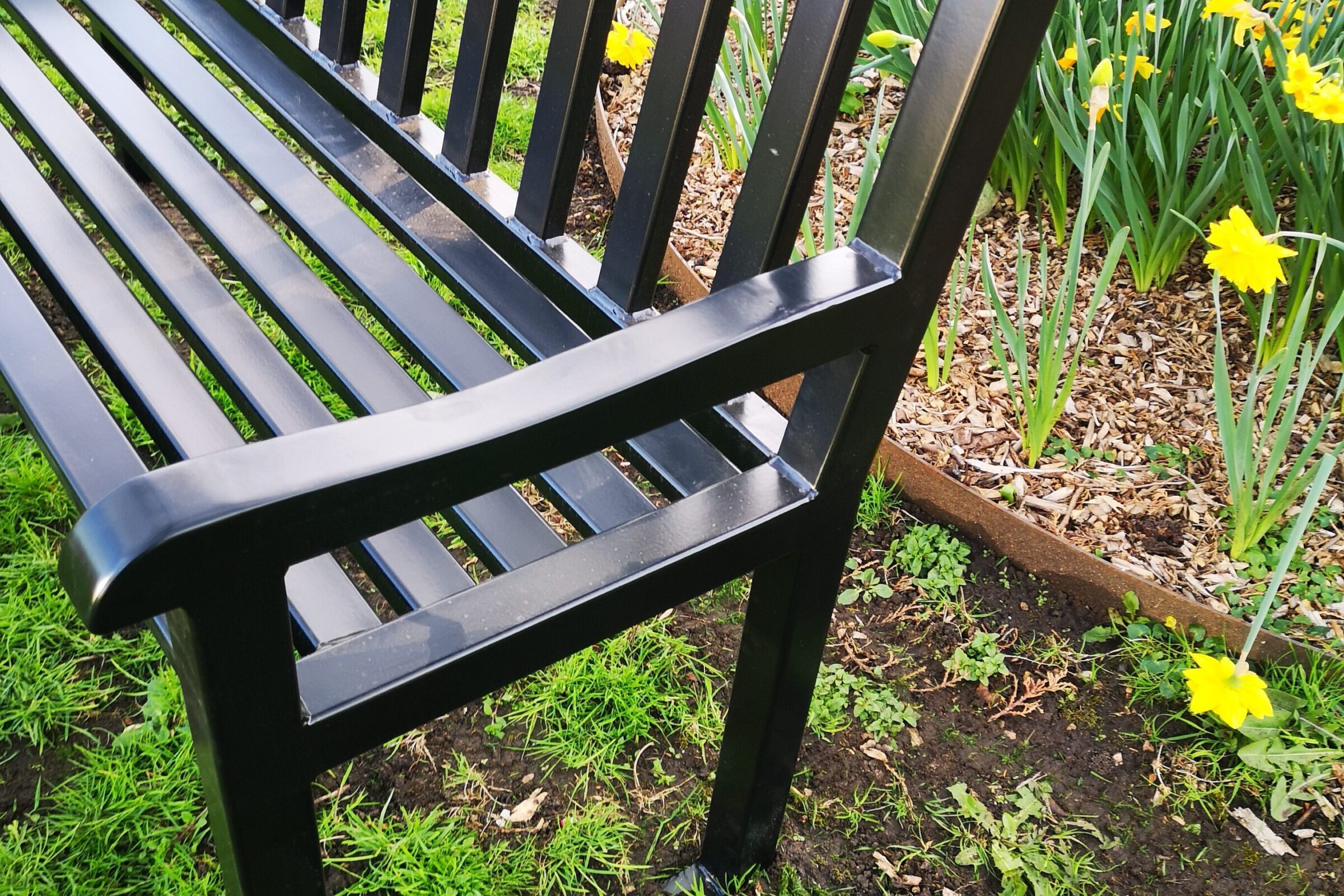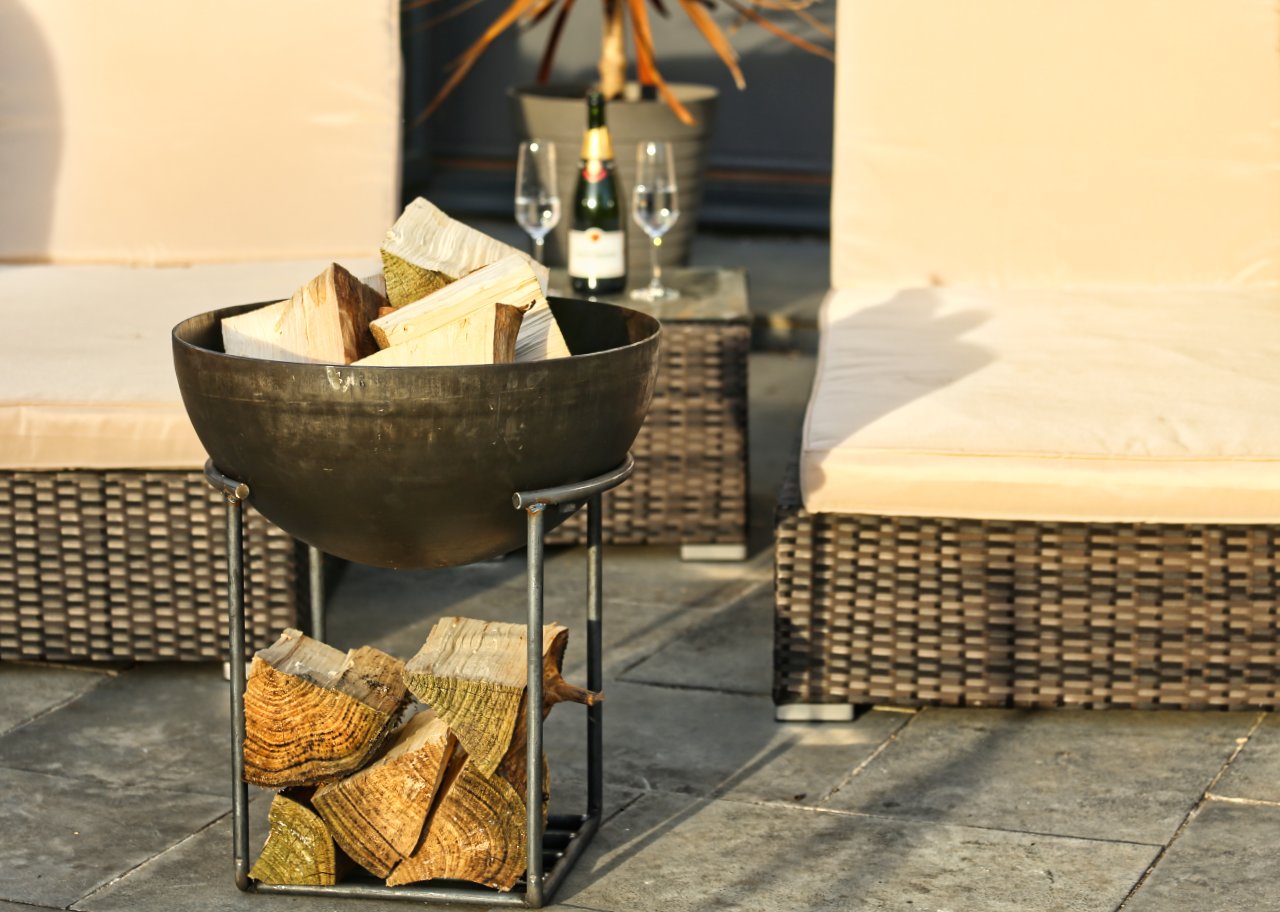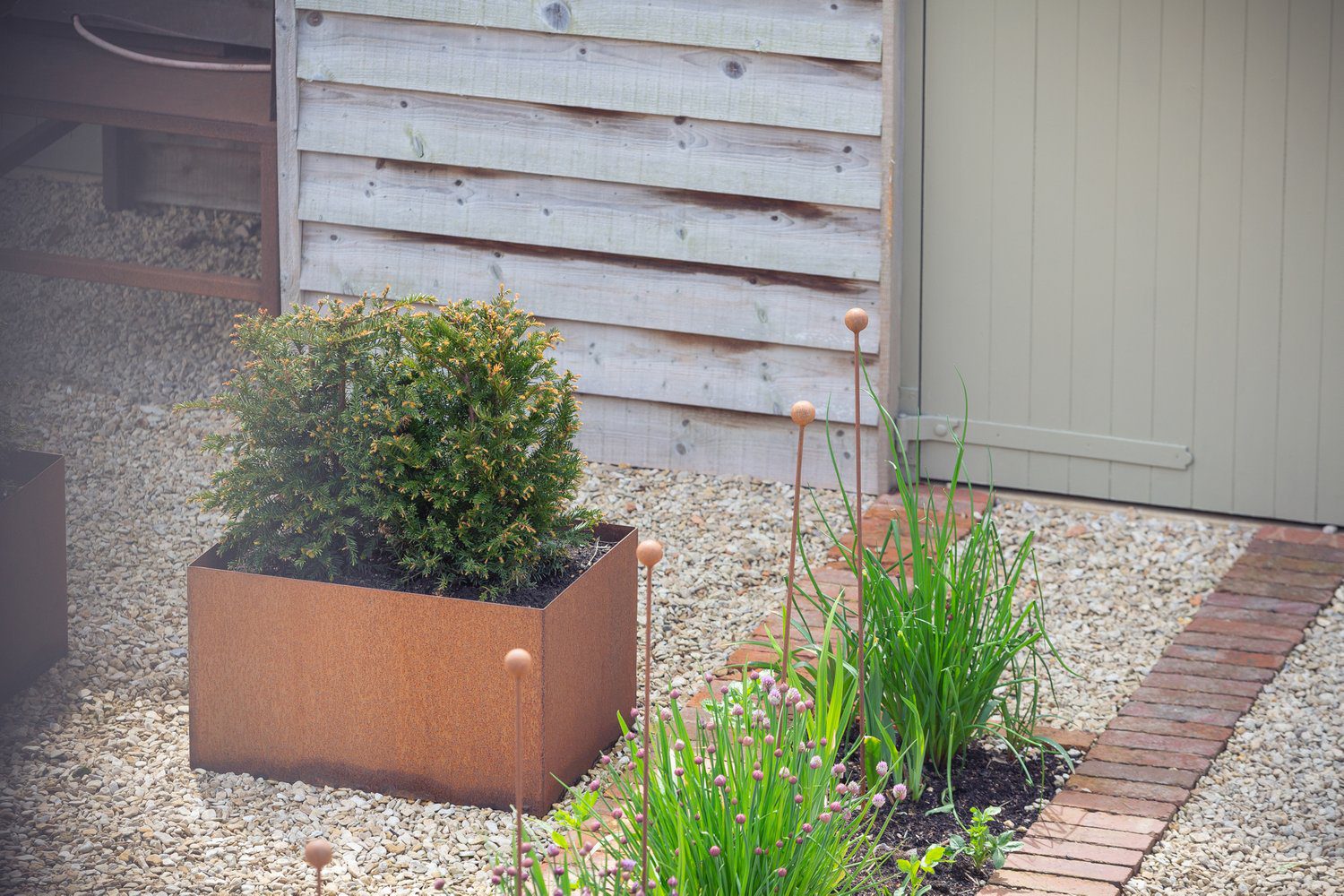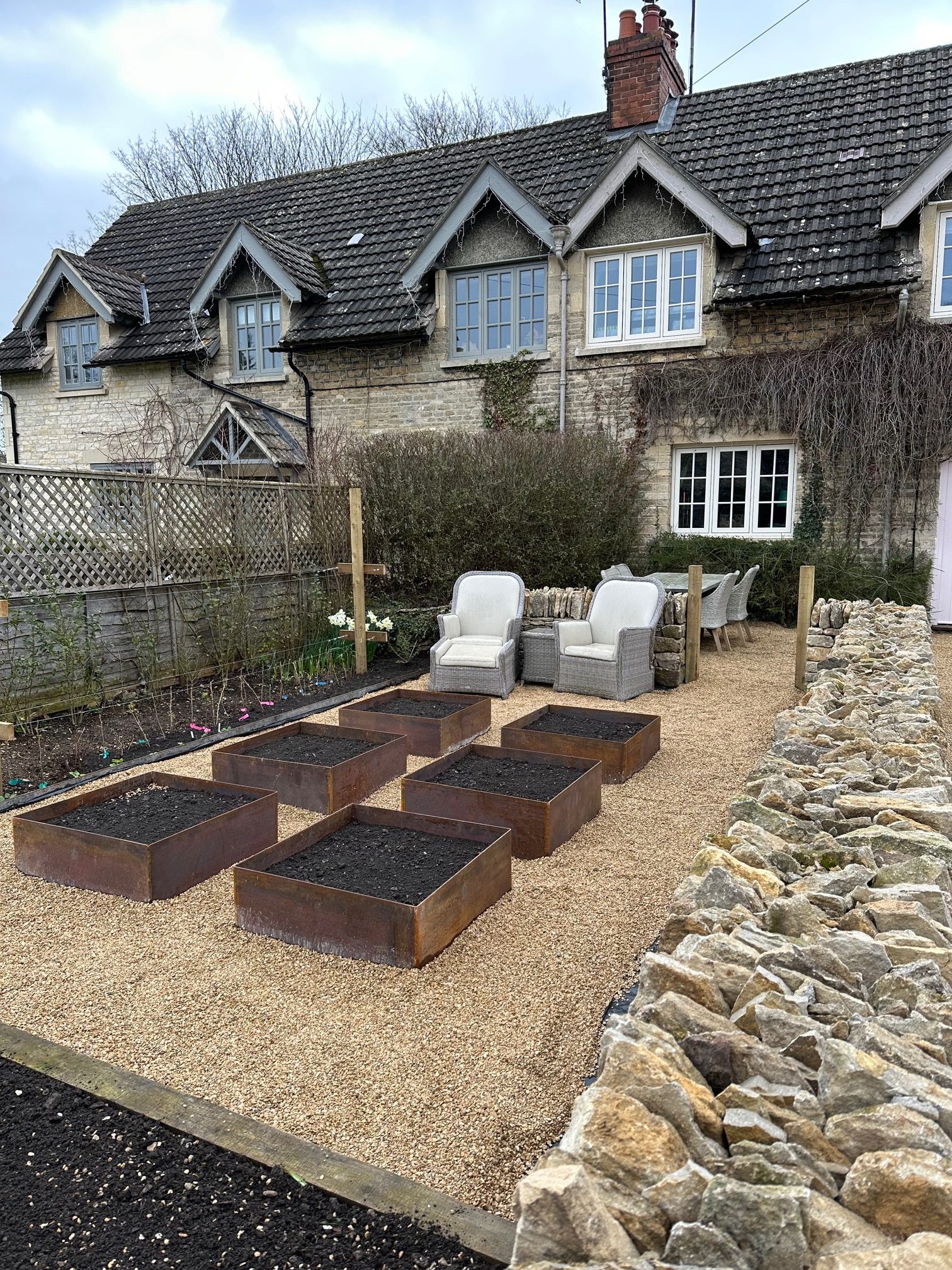Steel garden products, including metal benches, metal fire pits, and metal planters, are an excellent addition to any outdoor space. However, to ensure that they remain in good condition and last for many years, proper maintenance is necessary.
The regularity of maintenance required will depend on the product, your location and where the item is placed within your garden. As a rule of thumb, we advise that maintenance is done at a minimum annually, or as required when the seasons change.
Here we outline some basic steps to maintain your Kyeburn product in peak condition.
General care and maintenance of Metal products:
All exterior metals that are treated with either paint, lacquer or beeswax should be checked annually. Any chips, cracks or worn areas should have that same coating reapplied as required.
Additional checks and attention should be carried out when used in proximity of the coast due to the increase of salt in the atmosphere (which can accelerate corrosion).
Do not use chemical (or household) cleaners on any metals or finished products as these may harm the finish or remove any protective coatings.
Cover garden metalwork or bring it indoors during adverse weather conditions, or during prolonged periods of no usage (eg: Winter months).
Metal Bench Maintenance

Your Kyeburn bench has been designed to survive the harshest of British weather, however, regular maintenance will help ensure it remains looking in showroom condition.
Regular Cleaning: To keep your metal benches looking their best, it is essential to clean them regularly. Use a mild detergent and warm water to wash away dirt and grime. Use a soft-bristled brush to scrub away any stubborn stains.
Inspection: Regularly inspect your metal benches for any signs of damage or wear of the paint. If you notice any rust, chipping, or other damage, address it immediately by wiping clean and applying a clear sealer, or colour matched paint to the affected area.
If more severe damage is identified, such as cracked or broken material, then this should be inspected and rectified by a qualified metalsmith prior to further usage.
Metal Fire Pit and Fire Bowl Maintenance

Regular Cleaning: Metal fire pits should be cleaned out regularly. Use a brush to remove any ashes or debris from the interior and exterior of the fire pit. Wipe it down with a damp cloth (you do not need to use any detergent) and allow to dry before storing for next usage.
TOP TIP: Ash left in the bottom of a fire pit becomes wet with the first rainfall. If left to sit for a length of time the acidic nature of the ash will start to form rust in the bottom of your fire pit. This is the largest cause of rusting in fire pit.
Painted Fire Pits: Although all our painted fire pits are coated with a heat resistant paint, this paint will fade and shade over time, especially closest to the hottest area. These areas can be wiped down and recoated with heat-resistant paint if required.
Raw/Rustic finish Fire Pits: Corrosion is a natural process that involves the deterioration of metal/steel after the iron (Fe) particles have been exposed to oxygen and moisture (e.g., humidity, rain). Upon first receiving your fire pit it will not yet been exposed to moisture and will not yet have taken on its rustic (patina) look. We suggest leaving your fire pit outside for the first 2-3 months, or until you get the level of rust colour you feel happy with.
Inspection: Inspect your fire pit regularly for signs of damage or wear and tear. Look for rust holes, or other signs of deterioration. If you notice any problems, address them immediately to prevent further damage.
TOP TIP: During the winter months (or longer periods of no use) we suggest you store your fire pit in a dry area or cover with a waterproof cover. This will prolong the lifespan of your product.
Metal Planter Maintenance

Painted Planters – Regular Cleaning: Planters should be wiped down regularly to keep them looking their best. Use a mild detergent and warm water to wash away dirt and grime. Use a soft-bristled brush to scrub away any stubborn stains.
Inspection: Inspect your planters regularly for signs of damage or wear and tear. If you notice any rust, chipping, or other damage, address it immediately by wiping clean and applying a clear sealer, or colour matched paint to the affected area.
Raw/Rustic finish Planters: Corrosion is a natural process that involves the deterioration of metal/steel after the iron (Fe) particles have been exposed to oxygen and moisture (e.g., humidity, rain). Upon first receiving your planter it will not yet been exposed to moisture and will not yet have taken on its rustic (patina) look.
TOP TIP: For maximum protection, the inside of your planter should be coated with a metal primer/sealer, or place a plastic barrier inside the planter, prior to filling with soil for the first time. This will slow-down internal metallic corrosion from wet soil being in contact with the metal.

